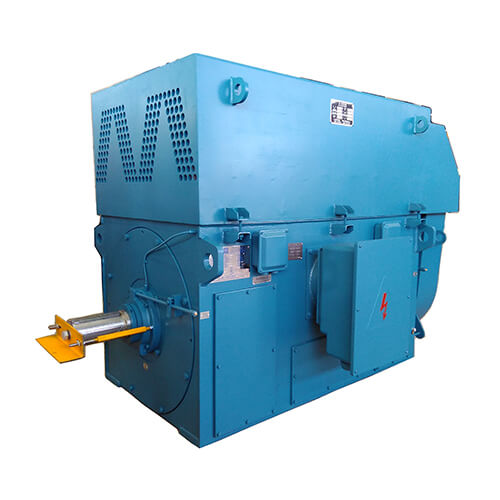What is the difference between IEC and NEMA motors?
Electric motors play a pivotal role in various industries, powering machinery and systems across the globe. Two prominent standards, the International Electrotechnical Commission (IEC) and the National Electrical Manufacturers Association (NEMA), define specifications for electric motors.

**1. Design and Construction:
**a. IEC Motors:
Design: IEC motors typically have a more compact and standardized design.
Frame Sizes: IEC motors use a metric frame sizing system, such as IEC 56, IEC 63, etc.
Mounting: IEC motors commonly feature a foot or flange mounting configuration.
**b. NEMA Motors:
Design: NEMA motors often exhibit a more diverse range of designs.
Frame Sizes: NEMA motors use an inch-based frame sizing system, such as NEMA 56, NEMA 143T, etc.
Mounting: NEMA motors offer various mounting options, including foot, flange, and face mounting.
**2. Voltage and Frequency:
**a. IEC Motors:
**b. NEMA Motors:
**3. Efficiency Standards:
**a. IEC Motors:
Efficiency Standards: IEC motors adhere to the International Efficiency (IE) classification standards, such as IE1, IE2, and IE3.
**b. NEMA Motors:
**4. Enclosures:
**a. IEC Motors:
**b. NEMA Motors:
Enclosures: NEMA motors have a broader range of enclosure options, including Open Drip Proof (ODP), Totally Enclosed Fan Cooled (TEFC), and Explosion-Proof, catering to specific environmental conditions.
**5. Thermal Protection:
**a. IEC Motors:
**b. NEMA Motors:
**6. Applications:
**a. IEC Motors:
**b. NEMA Motors:
**7. Installation and Maintenance:
**a. IEC Motors:
**b. NEMA Motors:
Installation: NEMA motors may require more attention to installation details due to a broader range of options.
Maintenance: Maintenance procedures for NEMA motors may vary based on the chosen enclosure and specific features.
Conclusion:
IEC and NEMA motors represent two distinct sets of standards that have shaped the global electric motor landscape. While IEC motors offer a standardized and metric-centric approach with global compatibility, NEMA motors cater to the specific requirements of the North American market with a broader range of design options. Understanding the differences between these standards is crucial for industries and manufacturers seeking the most suitable electric motor solutions for their applications, whether on a global scale or within specific regional contexts.
Related articles:The Advantages of Fork Clamps: Revolutionizing Forklift OperationsKey Components and Applications of Vibrating Screen MeshHow to Strengthen a Tension Spring: Tips and TechniquesWhat type of engine is a diesel engine?What is an outlet elbow?What are the materials used in vibrating screen mesh?What is a low pressure compressor used for?





Comments
0Related Articles
By May
105
0
0
By May
110
0
0
By May
115
0
0
By Geym
133
0
0
By May
94
0
0
By CC
116
0
0
By May
106
0
0
By CC
101
0
0